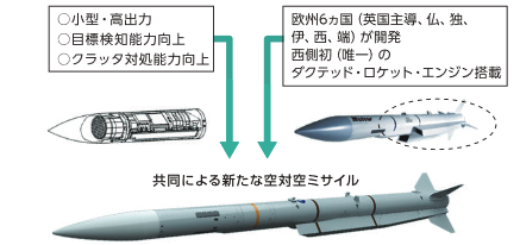Business aviation steps up as Jamaica begins recovery from Hurricane Melissa
In the immediate aftermath of Hurricane Melissa’s landfall in Jamaica as a powerful Category 5 storm, the aviation community has mobilized to deliver critical relief supplies and restore vital air travel links, stepping in while commercial operations remain disrupted.
Melissa struck the island on October 28, 2025, packing sustained winds of an estimated 185 mph and leaving widespread destruction in its wake. More than half a million residents were reported without power, communications were severely degraded, and major airport infrastructure suffered significant damage.
In response, the National Business Aviation Association (NBAA) activated its Humanitarian Emergency Response Operator (HERO) database, a platform designed to pair business aviation operators with humanitarian relief efforts. “Longer-range business and commercial aircraft may be best suited for initial humanitarian operations,” said NBAA Senior Vice President Doug Carr in the association release. “Operators must also secure necessary permission to fly into Jamaica.”
The urgency became clear as soon as the hurricane made landfall. Jamaica’s three international airports — Norman Manley International Airport (KIN) in Kingston, Ian Fleming International Airport (OCJ) in Ocho Rios, and Sangster International Airport (MBJ) in Montego Bay — have reopened for relief flights, but all are operating under constraints. At Sangster Airport, one of two concourses is functional.
Relief-cargo flights have begun arriving. One humanitarian organization, Samaritan’s Purse, carried approximately 38,000 pounds of supplies to Kingston aboard its Boeing 757 — including tarps, solar lights, medical equipment and water-filtration systems.
Private and business aviation operators are also active. Charters and smaller aircraft are being positioned to reach remote and hard-hit communities, especially in western parishes such as St. Elizabeth and Westmoreland, where road access remains severely limited. NBAA emphasized that business and general aviation often are the first to arrive with critical supplies, particularly in hard-to-reach island nations.
Authorities are cautioning that runway conditions, fuel availability and overflight permissions (notably via Cuban airspace) remain uncertain. NBAA’s Carr noted that while aircraft range is less of an issue, “we don’t yet know the condition of Jamaica’s airport fuel infrastructure” — meaning operators may need to plan for round-trip fuel contingencies.
For the tourism-reliant nation, the aviation disruption carries broader consequences. With resort areas and rural roads cut off, tourists have in some cases faced delays, cancellations and limited services. While commercial flights are resuming incrementally, air traffic recovery will be gradual.
On the ground, relief efforts are being coordinated both by aviation-led dispatch and local agencies. For example, aviation logistics are being paired with satellite-internet systems (via partners such as Starlink) to restore connectivity at community hubs and staging grounds for further relief distribution.
The aviation community’s role so far has been to fill the gap before infrastructure and commercial air links are restored. According to industry reporting, platforms such as the HERO database and charity-organized flights mobilized within hours of the disaster.
Looking ahead, key issues will influence the pace of recovery and aviation’s involvement: runway and fueling infrastructure at Jamaica’s airports, coordination of relief-logistics flights versus commercial traffic, and how business aviation can continue to assist once initial emergency shipments have landed. For many of the island’s interior communities, aviation remains the lifeline until roads, bridges and utilities are back online.
In that light, aviation operators — from charter companies and business-jet departments to volunteer general-aviation pilots — are helping sustain the country’s recovery by flying in critical supplies, restoring connectivity, and supporting Jamaica’s wider relief network.
Relief operations are expected to continue through the coming week as airports expand capacity and additional aid flights arrive. The Jamaican Civil Aviation Authority said coordination among airport operators, customs, and emergency agencies remains ongoing to manage traffic and prioritize humanitarian missions. Commercial service is expected to ramp up gradually as power and communications are restored across the island. The post Business aviation steps up as Jamaica begins recovery from Hurricane Melissa appeared first on AeroTime.
In the immediate aftermath of Hurricane Melissa’s landfall in Jamaica as a powerful Category 5 storm, the aviation…
The post Business aviation steps up as Jamaica begins recovery from Hurricane Melissa appeared first on AeroTime.





